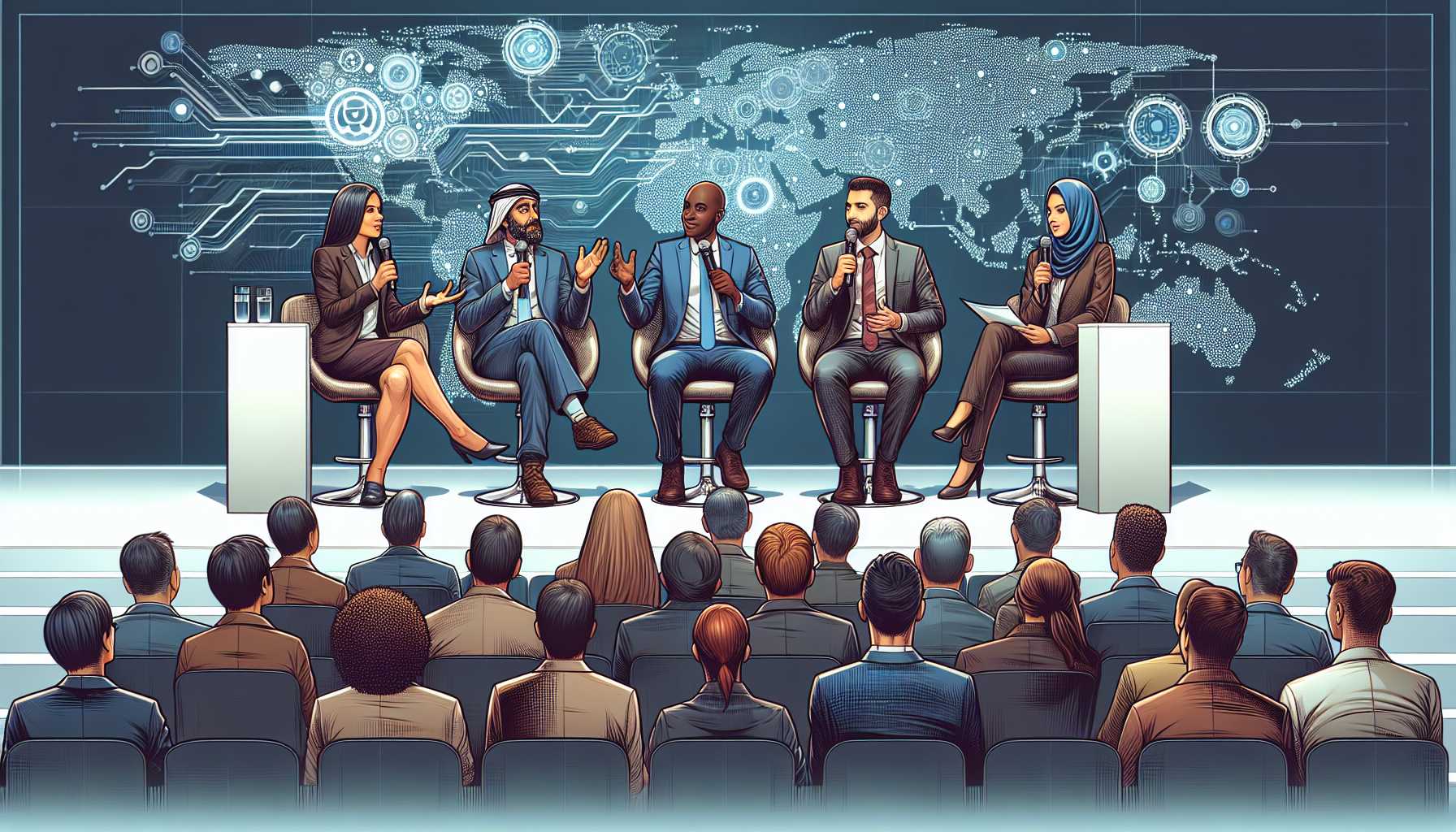Artificial Intelligence (AI): A Battleground for Innovation and Control
AI is both the future and a battleground for technological innovation and control. While large corporations dominate the landscape, the pursuit of open-source AI is viewed by many as a key to liberation from proprietary constraints. Hugging Face’s Irene Solaiman and AI2’s Ali Farhadi will discuss this critical issue at TechCrunch Disrupt 2024 in San Francisco.
Hackers, international legislation, and evolving technologies continue to challenge and shape the AI ecosystem. Let’s explore the multifaceted dimensions of these developments.
The Battle for Open Source AI
Open-source AI advocates argue that transparency could be the antidote to the corporate stranglehold currently dominating AI development. Companies like Hugging Face and AI2 are at the forefront of this movement.
However, significant structural challenges hinder the development of open-source alternatives, primarily due to the enormous resource requirements needed to build robust AI models. Solaiman and Farhadi, prominent figures in the open AI community, will shed light on these challenges at TechCrunch Disrupt 2024. Their insights could be illuminative.
Solaiman’s work in global policy advocacy aims to promote safe, open, and responsible AI usage. Farhadi has a storied history of championing transparency, even after his previous venture, XNOR, was acquired by Apple. These experts acknowledge the difficulties that lie ahead but maintain that a transparent and equitable AI landscape is worth striving for.
Zero-Day Vulnerabilities: The Threat to Critical Infrastructure
In a world where hackers are almost always a step ahead, security remains a paramount concern. Recently, Black Lotus Labs discovered that Volt Typhoon, a group linked to the Chinese government, exploited a zero-day vulnerability in Versa Director. Versa’s software is widely used by Internet Service Providers (ISPs) and Managed Service Providers (MSPs), making it an attractive target for attacks.
The hackers aimed to steal and utilize credentials from downstream customers connected to the vulnerable Versa servers. This attack highlights the importance of safeguarding critical infrastructure against emerging threats. Versa responded by quickly issuing emergency patches to mitigate the risk. The incident underscores that cybersecurity must evolve in lockstep with technological advancements.
California’s AI Legislation: A Step Towards Transparency or Hurdle to Innovation?
OpenAI has shown its support for a California bill mandating transparent labeling of AI-generated content. This legislation, known as the California Provenance, Authenticity and Watermarking Standards Act (AB 3211), aims to ensure the transparency and authenticity of AI-produced media.
However, not everyone in the industry is on board. While OpenAI advocates for the bill, seeing it as crucial to avoiding confusion between human-generated and AI-generated content, Elon Musk has made headlines for supporting Senate Bill 1047, which focuses on broader AI safeguards. This bill could impose significant liabilities on AI creators, potentially stymieing innovation.
In contrast, opponents like OpenAI call for federal policies to standardize AI regulations rather than a patchwork of state laws.
Pavel Durov’s Arrest: Implications for Privacy and Free Speech
In an unexpected twist, Telegram CEO Pavel Durov was arrested in Paris as part of an extensive investigation involving various serious charges, including money laundering and complicity in illegal activities. While details remain murky, the arrest raises questions about the balance between privacy, free speech, and legal compliance.
Durov’s arrest by French authorities could have far-reaching implications for how secure communication platforms like Telegram handle content moderation and legality. This case may shape future debates around the dual imperatives of protecting user privacy and ensuring platforms do not become breeding grounds for illegal activities.
The Humanoid Robot Revolution
Meanwhile, the World Robot Conference in Beijing showcased the full spectrum of robotic innovation, from humanoid machines like the Astribot S1 performing martial arts to robots folding laundry. Amidst this technological parade, Tesla’s Optimus robot stood as a silent observer, metaphorically representing the race to develop practical, useful robots.
Humanoid robots offer a glimpse into a future where machines could perform various manual tasks, reducing human labor. However, the cost of production versus the benefits remains a critical and unresolved issue. Tesla aims to bring Optimus into its factories by the end of the year, but significant hurdles lie ahead.
Conclusion
The AI and robotics landscapes are teeming with developments that promise both challenges and opportunities. From the pursuit of open-source AI to the cybersecurity risks posed by zero-day vulnerabilities and contentious regulatory measures, we are witnessing a technological transformation fraught with complexity.
As AI continues to evolve, the need for transparency, security, and ethical considerations becomes ever more critical. This article outlines pivotal moments and discussions shaping our technological future, and as a tech investor and expert, I believe these areas warrant close attention. The convergence of ethical, technological, and regulatory considerations will define the next era of innovation.





